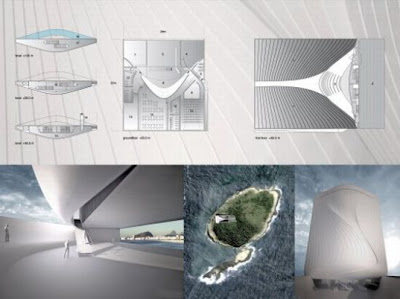Today's engines are pretty inefficient, converting only around a quarter of the energy contained in fuel into motion; the remaining three-quarters is lost as heat. So efforts are under way to recover some of this lost energy in the hope of reducing fuel consumption and emissions.
Up to 40 per cent of an engine's potential output is lost in its exhaust, says Guy Morris, engineering director at Controlled Power Technologies based in Laindon, UK. The company plans to recover some of this energy by fitting a turbine inside the tailpipe: the fast-moving exhaust gases coming straight from the engine drive the turbine, generating electricity.
A prototype device fitted to a large family car harvests up to 6 kilowatts of energy in track tests, says Morris. This could be fed back into the car's battery to power its onboard electrical systems, reducing fuel consumption by up to 15 per cent, he claims.
Super fly
Elsewhere, designers are looking to capture the energy that most cars lose in braking. Putting that kinetic energy to work would reduce the load on the engine.
Hybrid cars that have both an electric motor and an internal combustion engine already have regenerative brakes that generate electricity when they are applied. But a team led by car maker Jaguar is cutting out the electric middleman with a system that simply stores unwanted kinetic energy for later.
They are developing a hybrid car equipped with a kinetic-energy-recovery system similar to those used in last year's Formula 1 season. The prototype car, which is due to hit the test track in June, has a flywheel linked to its gears. When the driver wants to slow down, the flywheel can be used to recover the rotational energy of the wheels and store it as kinetic energy. When more power is needed the system works in reverse, drawing energy from the flywheel and feeding it back to the driveshaft through the gears. The system reacts automatically to gas and brake pedal movements, thus storing power without needing control from the driver.
Like the Formula 1 version, the mechanism is built by Flybrid Systems based near the British Grand Prix race circuit in Silverstone.
Chris Brockbank of project partner Torotrak, based in Leyland, UK, says over 70 per cent of the energy recovered by the system can be converted into motive force to drive the car. This makes it more than twice as efficient as conventional hybrid cars, which can only recover about 30 per cent of the braking energy, he says.
The team claim the system will reduce fuel consumption and greenhouse gas emissions by more than 30 per cent compared with conventional gasoline engines. What's more, unlike batteries, the flywheel will not need regular replacement, says Brockbank.
Shape-shifting engine
But perhaps the biggest efficiency savings could be made by changing the shape of the engine itself. The traditional cylinder-piston design used in engines means that only the piston head itself produces motive force, as it is pushed up and down by the expansion of the burning fuel-and-air mixture. The remaining 75 per cent of the cylinder's surface area – the chamber walls – absorb energy from the burning fuel in the form of heat, reducing the amount that is available to produce motive force.
This has prompted IRIS Engines, based in Washington DC, to design a combustion chamber called the internally radiating impulse structure (IRIS). The walls of the hexagonal chamber would be overlapping, hinged panels; as the burning mixture in the chamber expanded it would push the panels outward, forcing them to rotate on their hinges and so provide motive force. This means that more of the engine's surface area would be used to produce motion, says Iris's CEO Levi Tillemann-Dick.
Computer simulations of the IRIS design by automotive research and development consultants AVL, based in Graz, Austria, suggest the it should have a fuel efficiency of up to 45 per cent, he says. "Our goal is to prototype and license an engine that will allow vehicle manufacturers to double the efficiency of their vehicles and so halve their emissions."





















































